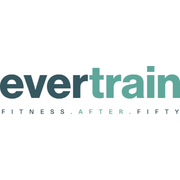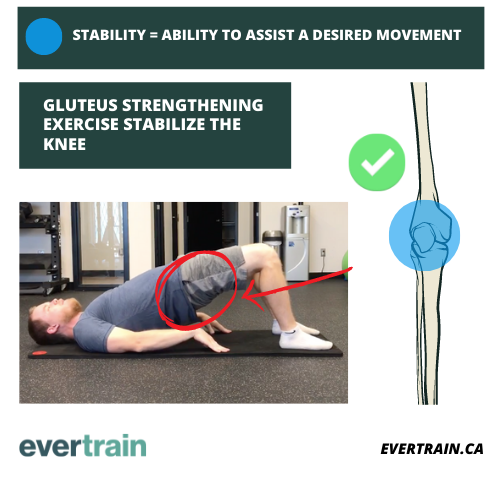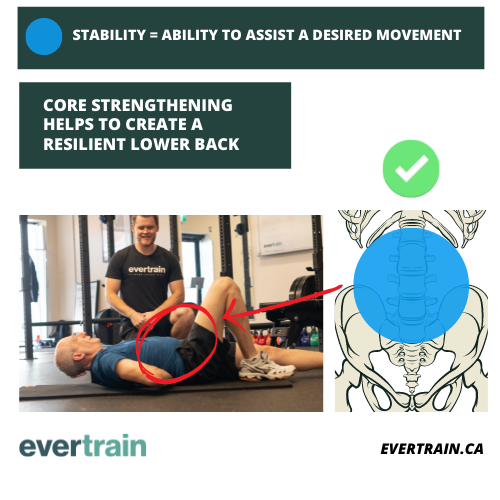Fitness can be both effective and injury free. 🤯 Here’s how we do it.
~5 minute read
There is a big dilemma for people over 50 when it comes to fitness. 😩
We call it the “injuries vs. fitness conundrum”. It’s the idea that you can’t both be injury-free and fit after the age of 50. Through countless bad experiences, fitness failures and long lists of injuries that plague them, the people over 50 that we’ve spoken with often doubt that you can be both at the same time.
When speaking with 50+ people, we’re often asked questions like these:
Can you get fit if you have an ongoing injury?
Will trying to get in shape inevitably get you injured?
Does taking care of my injuries mean I have to put my fitness goals on hold?
Can I achieve both an injury-free body and get fit and lose weight?
We’re big believers that you can address both injuries and fitness at the same time. It does not have to be one or the other. 🥳
By following our 4 best practices for fitness after 50 you can witness firsthand what it’s like to experience injury-free and long-lasting results.
These are the 4 best practices that we use as online personal trainers for people over 50. 💪
Train smart: Resistance training 3x per week 🏋️♀️
Your training needs to meet you where you currently are. This means that you need to be in the right stage of training for your present abilities. In early stages we generally focus on rehab-style training (we sometimes call this a “Foundation Phase”) and work towards performance style.
Initially we want to address musculo-skeletal imbalances through stretching and strengthening. We do this to create a solid foundation from which to build on. Imagine building your dream home without a proper foundation. Sooner or later you’d start to have big problems. 🏡
The better your body functions the more you can move towards the performance end. 🙂👍
The goal is to get out of the “rehab zone” and stay in the “performance zone”. If you don’t do the work required in the “rehab“ period, you’ll eventually be forced to, due to injury. 🤕👎
Ideally we would always be in the performance zone. Realistically we need to always be spending at least some time in the rehab zone in order to maintain a healthy body. 🙂
In addition to training in the right “zone” for your abilities, you will want to train three times per week.
The duration and intensity (although important) of the workout is less important than the frequency. To fight the decline of bone density (osteoporosis) and muscle loss (sarcopenia), three resistance training sessions per week is the goal. 🎯
By focusing on the right style of training, addressing imbalances in your body and the proper frequency, you’ll be well on your way to making big strides to a healthy and fit body. 😎💪
2. Mobilize
To improve mobility and reduce injury, you need to mobilize often by introducing stretching and rolling techniques into your regular routine.
Always mobilize before exercise. This will help you to move better during your workout —> improve form —> reduce risk of injury —> achieve better-longer-lasting results (oh, and exercise feels better too).
Always mobilize on OFF days. This will speed up the process of “fixing” your body over time which equals better, faster and longer-lasting results. 🙂
3. Train the Big 3
Of all the muscle groups in the body, the most glaring needs for most people over 50 are what we call the Big 3 Muscle Groups.
The upper back, “glutes” and core muscles are incredibly important to train regularly. All of our clients get a heavy dose of work on these muscle groups at every workout.
We also train other areas, but these always remain top priority. Doing this will significantly fast track results. 🚀📈
Here are some examples of “Big 3” Exercises with the corresponding images below.
Upper Back - Seated Band Rows
Glutes - Glutes Bridges
Core - McGill Sit-ups
4. Follow a progressive program
Avoid plateaus and continue seeing results by continually changing your exercise regimen to increase the difficulty gradually.
Make sure to update/change your plan every 4-6 weeks. This is the sweet spot to allow your body to make changes but to avoid plateaus. If you change it up too quickly then your body may struggle to adapt the way you want. If you take too long to change your program then you may plateau.
By progressing training variables (i.e. reps, sets, rest, exercise selection etc.) your body will continually adapt to new challenges. 🤩
To reach your goals you need to see steady progress. In order to do this we need to avoid plateaus and continually adapt. 💪
This is a general example of a 12-month program for a 50+ person. It includes phases that emphasize correcting imbalances, building ever-important muscle, developing strength and endurance.
Make 2022 a Success 🏆
Today we’ve done a lot of the heavy lifting for you. In this article we’ve summarized over a decade of our learning and experience and simplified it to give you a big head start on your fitness journey.
80% of New Year’s Resolutions fail in the first 2 weeks. By following these best practices you can move yourself into the 20% that succeeds. 🏆
This past year we learned a lot about the struggles people over 50 face. We’re on a mission in 2022, to help people over 50 in a BIG way. 🚀
If you want help to get unstuck, get back in shape and get rid of the aches and pains, schedule a call with us TODAY. 🙂👇
Thanks for reading!
Brandon - Online Personal Training Expert, Neuroscience and Mental Health graduate and Triathlete








